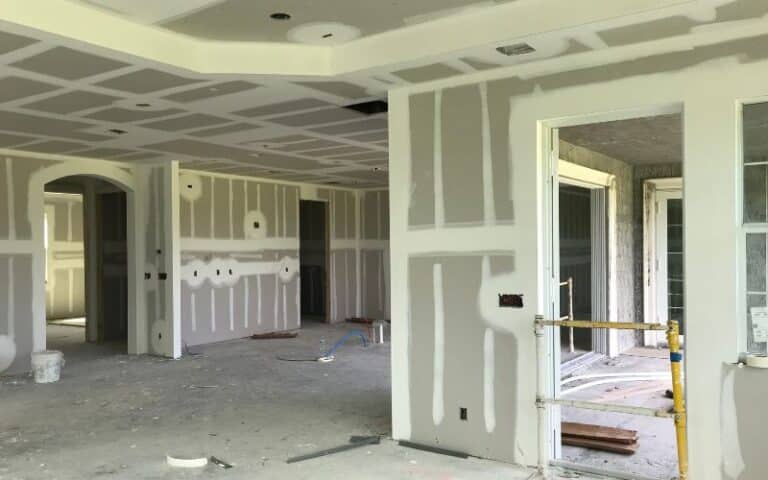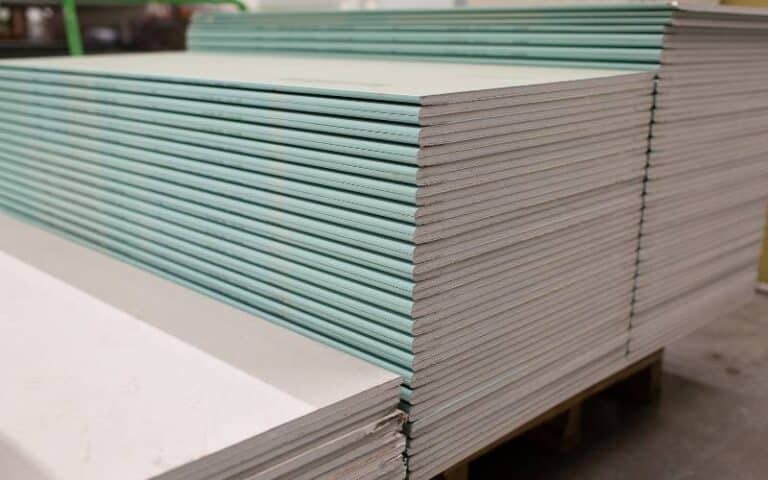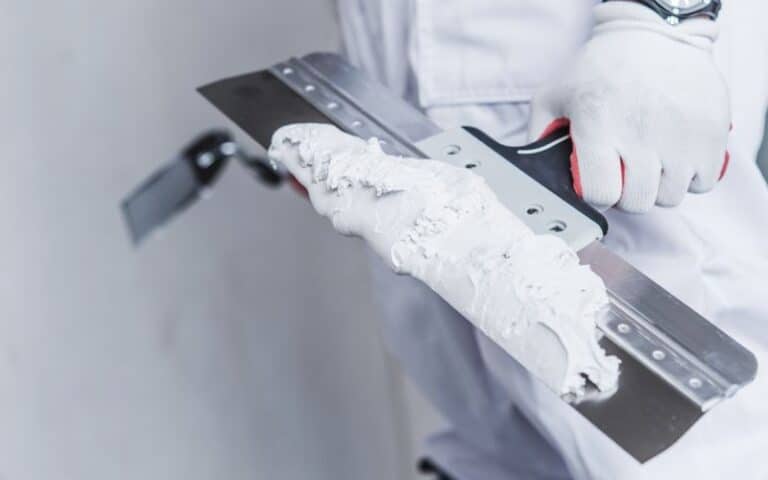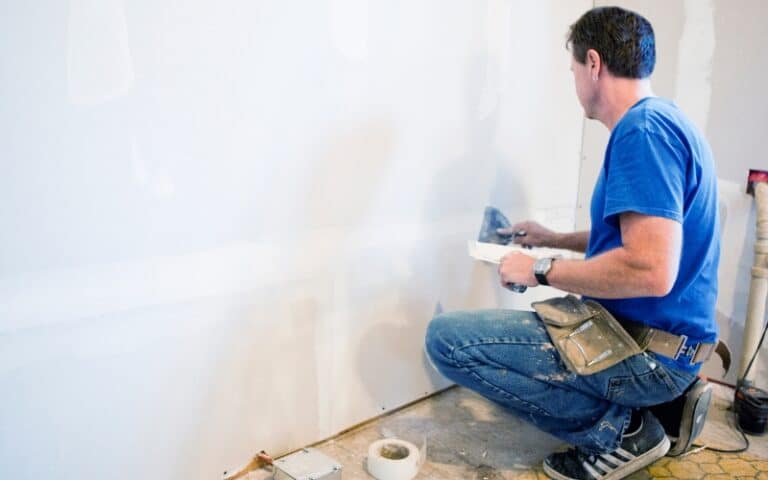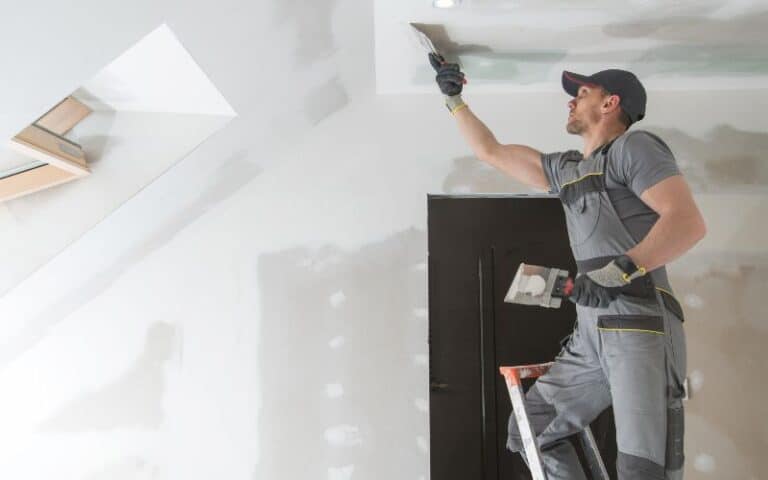Drywall is a good construction material for covering a large construction surface area.
The common use of drywall in everyday construction always makes one wonder about its limitations.
Walking past some miles, you will undoubtedly come across several structural constructions with drywall boards.
However, with the prevalent use of drywall in construction, it is common to wonder if you can use them for flooring.
Yes, some drywall material can serve flooring purposes. Examples include standard mud drywall and painted drywall. However, not all drywall materials are suitable for floor construction for various reasons. So, as much as drywall materials find multiple-use topping off surface areas, only a few drywall boards are okay for flooring.
This article contains everything you need about drywall as a construction material. Added to the above knowledge are drywall’s usefulness and its relevant areas.
Ready for a Drywall Quiz?
Can You Use Drywall on the Floor?
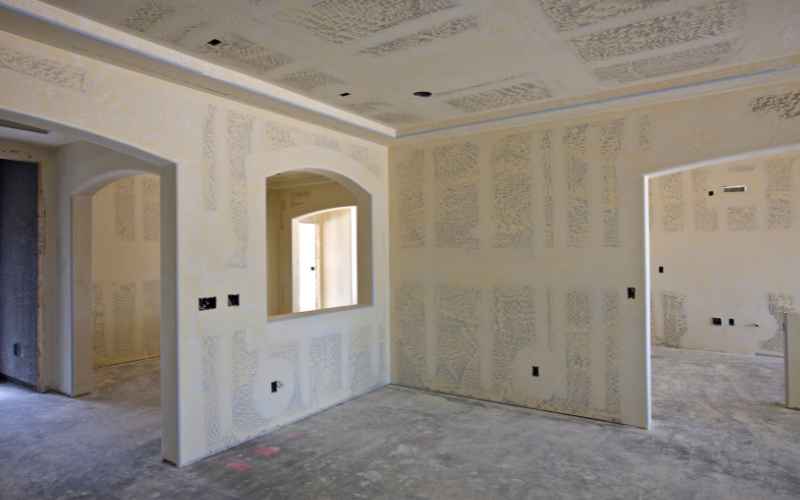
Yes, you can use drywall on a floor, but not every drywall material will serve flooring purposes.
So, it would be best if you refrained from using drywall material to construct your floor. Not all drywall material is for floor construction; hence it doesn’t find strong use in flooring.
However, painted and mud drywall boards find everyday use in flooring.
Drywall is the common name for regular construction materials such as plasterboard, wallboard, gypsum board, dry lining, and the like.
So, as the name implies, it is a construction material majorly covering walls and ceilings but not a floor.
It would be best if you did not use any drywall material board for flooring, nor should you use them as floor underlayment.
Drywall materials find everyday use in creating walls and ceilings; only a few go in for flooring.
It is worth noting that as much as drywall materials are tagged durable, it does not apply to carrying weight.
The numerous complications of flooring are so weighty that any drywall will not serve well. Floor deflection and likes are not a thing for drywall material boards.
In most cases, the drywall serves the purpose of topping off masonry walls and ceilings, topping off in the sense of wrapping off columns or concealing beams.
Drywall construction materials find use in many home design features, such as arches and architectural specialties.
Some drywall material boards can serve well for flooring but not all drywall boards. For this reason, it is rare to see floor toppings with drywall boards.
Can You Use Drywall and Tiles for Flooring?
Using drywall together with tiles for flooring your home is fine. The appearance of the aesthetic view of the finished work is always a wow to the mind.
Nonetheless, as mentioned below, not every drywall construction board material is suitable for flooring. Only a few boards are desirable for flooring purposes.
Even at that, you must use a primer or a backer board if you want to floor your home with drywall and tiles.
Combining the features of both flooring materials fits every flooring need. Aside from the awe of its view, you’ll undoubtedly be grateful for the economic cost.
However, it is imperative to note that using a drywall board together with tiles for flooring comes with a lot of complications. Little wonder they don’t find vase use in flooring constructions.
There are a few reasons why drywall materials aren’t suitable for flooring. One of the most common and apparent reasons is that drywall boards are generally hygroscopic by design.
The hygroscopic nature of drywall board material is a massive setback as it is badly affected by moisture. As a result, your floor tiling in the run long will be negatively affected.
It is, in fact, for this reason, that I’ve urged you from the onset to use a primer or backer board.
This way, the drywall board will withstand the moisture from the tiling and any other humid conditions.
Another major setback with drywall boards for flooring is the bogus inaccuracy of floor leveling.
The perfectly flat base leveling of drywall materials requires smooth and nearly perfect ground leveling, which is not the case with floors.
Any slight pressure will cause the drywall board to crack or, worst, even break down.
What Is Drywall Thickness Best For Flooring?
The best drywall thickness for flooring is 5/8 inch-thick drywall. A 5/8-inch thick drywall board material will serve regular house flooring well.
However, in the case of commercial flooring, you’ll have to opt for a drywall board with a much thicker width.
The common reason for using thick drywall as the ideal material is for the structure’s integrity. A drywall board with a lesser thickness will only lead to susceptible damage.
Therefore, in keeping with the pressure and total load a drywall can bear, it is wise to go for a board with the highest thickness.
It is worth noting that a good number of drywall board materials serve different uses. Each drywall board is a specific design pattern, dimensioning, and thickness.
The above is another strong pointer to the fact that only some drywall boards can serve flooring purposes.
The thickness of some drywall boards with a unique flooring design has a few other advantages.
For instance, the make-up of the mud drywall material is such that it gives room for expansion and reduction.
Such an allowance makes flooring material fit the standard codes of the building—the cases of cracks, sag, holes, and gaps minimum with a thicker drywall board.
Due to the stability set for flooring, you’ll work with the best measure. If you cannot get the ideal drywall thickness for the flooring, you can double it.
In totality, the design and measurement of the floor determine the degree of thickness of the floor drywall.
It is always better to work with the 5/8 inch thickness as it is the highest in stock.
However, you can opt for custom specialized drywall, which is much thicker for commercial use.
Pros And Cons Of Using Drywall On The Floor
Every market product, down to construction materials, comes with its very feature that stands out. Such prevailing features are what make for the everyday use of several products.
Drywall is quite a fantastic construction material, even for floor construction. Drywall board material finds various uses in diverse construction works and designs.
The multiple uses of drywall board in various construction works speak of its exceptional features over other construction materials.
However, it is common to experience some setbacks with products in use, even drywall boards. Moreover, no product is 100% perfect in all ways.
There are still setbacks to bear in various construction works and flooring construction where we employ drywall boards. So, as much as drywall is fine for flooring, it still has cons.
Nevertheless, while drywall has some cons in general and floor construction, it still serves good.
The table below shows the pros and cons of using drywall on a floor.
| Pros | Cons |
|---|---|
| It is light-weighted, which implies less labor. | Drywall boards are hygroscopic. |
| They are pretty easy to install, saving you strength and time. | Drywall boards are not soundproof; hence require some underlayment. |
| Floor drywall is water-resistant. | Unique floor drywall boards are expensive. |
| You are of its durability. | The inappropriate installation will result in cracks. |
| The perfectly smoothened and even surfacing is like no other. | The smoothened surface is prone to scratch and damages |
| Drywalls are economical in terms of installation and maintenance. | You cannot do any other sort of installation directly on the drywall board. |
| Drywall boards find multiple uses in other construction areas. | Drywall floorboards serve best only in some rooms. |


